16
2013Painting with Light: A Lighting Overview {Free Beginner Photography Class}
Over the course of the next couple weeks we’re going to learn about one of the key aspects of all photography: light. This post is going a definition of terms overview. It’s here for you to refer to when I use these terms but it’s also here to help you think about these different types of lighting as you’re taking your photos.
Lighting Types
Natural Light
Natural light is this overarching umbrella of photographers who use only the light available to them (and sometimes a reflector). When some photographers use this term, they literally mean the light is natural: coming from the sun, moon, or stars. I have included available light under this umbrella: meaning your light source might be a florescent or incandescent light bulb or even a computer screen 🙂
Full Sun
Full Sun is just what it sounds like. Full sun bearing down on your subject without shade. When most photographers think of full sun it’s between the hours of 10-3 or 4. The sun is high and harsh creating lots of shadows.
Open Shade
When Photographers use the term open shade, we’re referring to placing our subject in a large even shadow and facing them toward the sunlight or reflected light. This is a technique that makes shooting in full sun much less harsh. Dappled shade, or light filtering through something like tree leaves, has a quality of some shady spots and some spots of bright light. This is a far less desirable for portraits.
Available Light
Available light is the light we have available to us. Full sun and open shade both feature available light. Shooting a ballet using only the stage lights already present is using available light. Shooting your sleeping child in the bed next to you using only the light of your laptop is using available light. Available light imagery does not permit the use of light modifiers or flash. This entire course has a focus on available light.
Modified Light
Modified Light is light that a photographer either reflects using specific tools or creates through the use of on camera or off camera flash.
Reflector
A reflector is a white, silver, or gold instrument used to reflect available light into the shadowed areas of your image. You can purchase a ready made reflector for this purpose or you can use something simple like a white poster board or white wall/light cement (after placing your subject intentionally). In my newborn photography, I wear a white shirt to reflect light back to my babies and I sometimes have a parent hold up a burp cloth if I think the shadowed side of the baby needs an extra boost.
On Camera Flash
If you’re using an entry level DSLR/DSLT or a point and shoot (and most of you are), your camera comes equipped with on-camera flash. If your camera also has a hotshoe, you can place an additonal flash unit directly on top of the camera. Throughout this course I have discouraged the use of on-camera flash, but in an upcoming lesson I will show you how and when to use this tool.
Off Camera Flash
Off Camera Flash or lighting is just what you envision being used in a traditional portrait studio. We automatically think of umbrellas and flashes that pop out extra light when the photographer clicks the shutter release. But there are also big large white boxes with lights inside called softboxes. And there are lights that produce the same amount of light at all times called continuous lighting (which I use). I will not be covering off camera flash during this class. I’m have very little knowledge on this subject and most of you will likely never use off-camera flash.
Light Direction
One of the most important concepts in photography is paying attention to the direction of your light.
Front or Flat
When a soft light is in front of your subject, you’ll produce images with flat or even lighting. If the light is bright and harsh, you’ll find your subject squinting.
Side Lighting
Side lighting when used well produces beautiful shadows and depth to a photo. Photographers use side light from both 90 and 45 degrees in portraits (as well as the range between). I’ll be going over both of these in detail.
Back Lighting
Back lighting is when the light source is coming from behind the subject. Backlighting produces yummy images with light streaming from behind or outlining your subject, but is very hard to expose for the skin of a portrait subject if you’re not using a large reflector to bounce light back toward your subject. Most back lit photos that are not silhouettes (like the one above) have a significant amount of work done to them in post processing unless a light modifier was used to make sure a portrait subject was not too dark.
Assignment
Real simple assignment this week. I want you to find some images you’ve already created (or take some new ones if you have time) that illustrate some of these lighting types. Upload a couple of your favorites to the Quiet Graces Free Beginner Photography Class Flickr pool and label it with the lighting type you think you used. Class members can give critique on the image itself and I’ll verify that you got the lighting type right. This is solely an exercise to get you seeing the light. 🙂
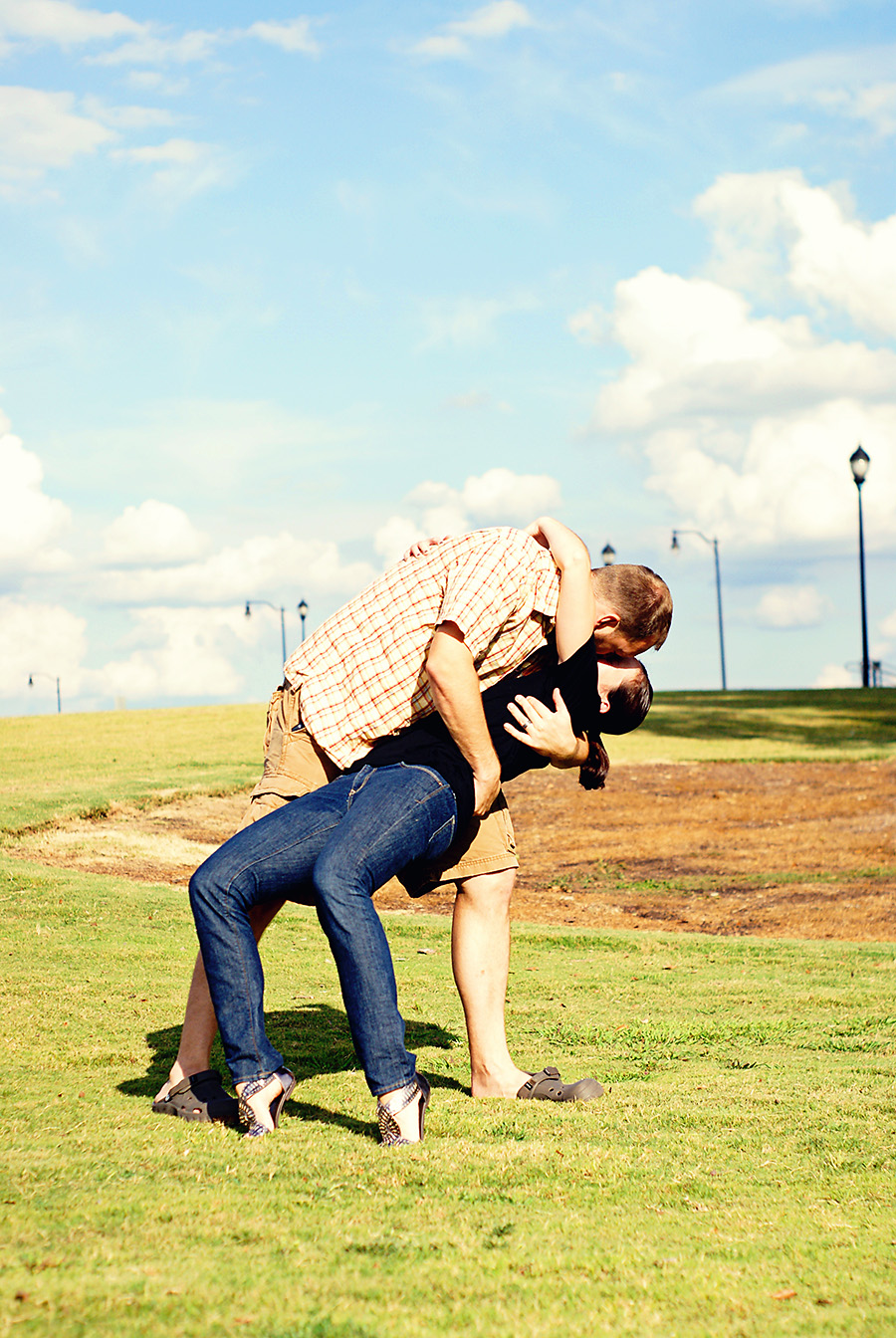

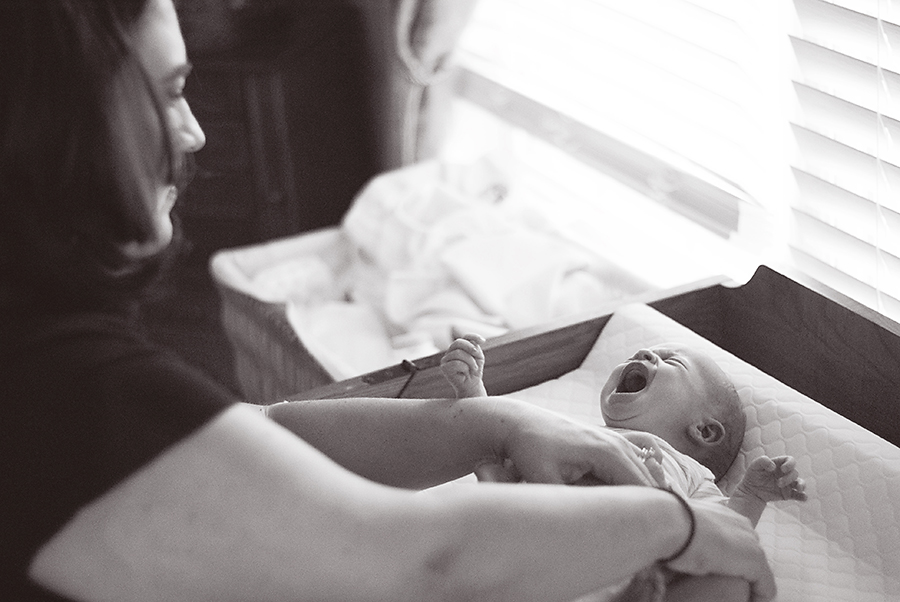
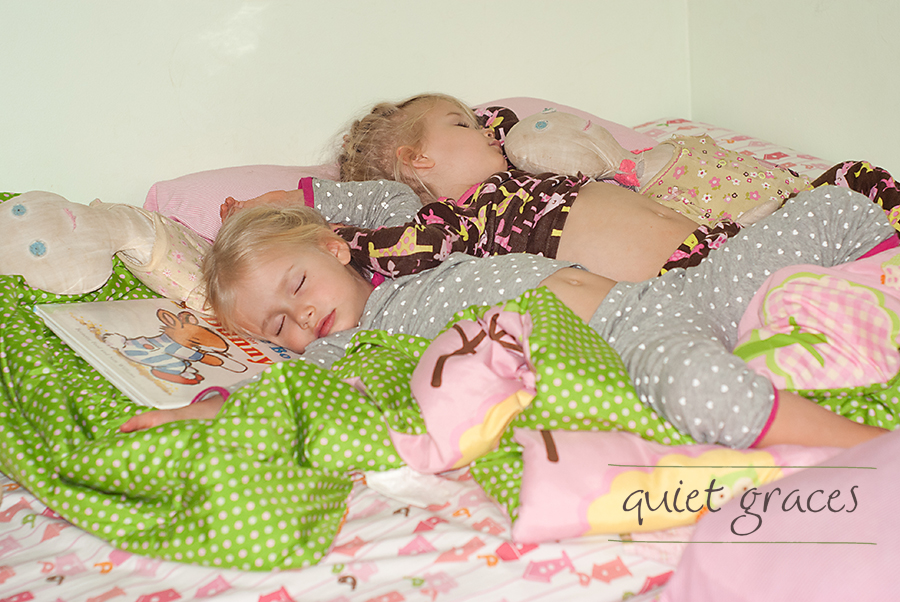
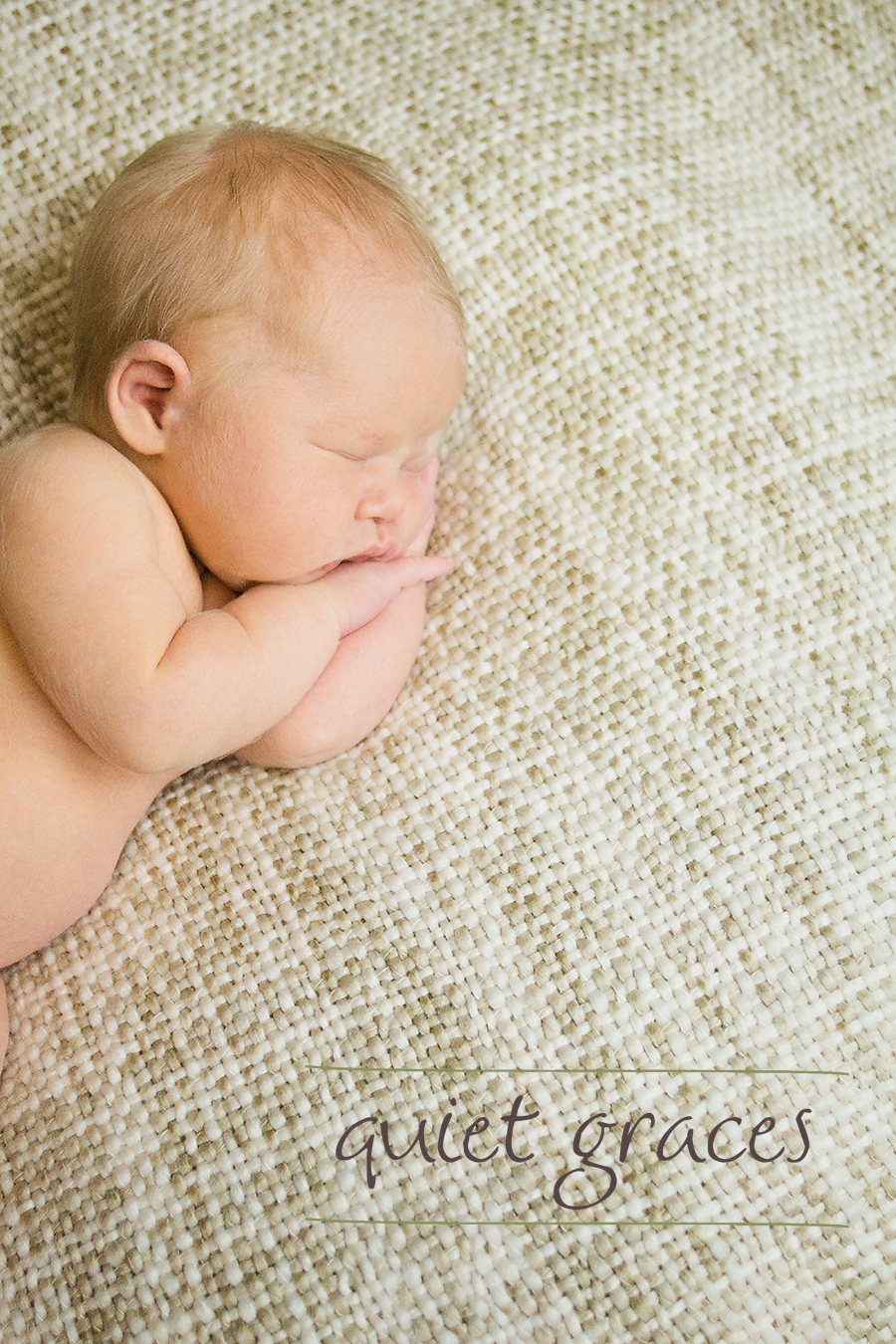
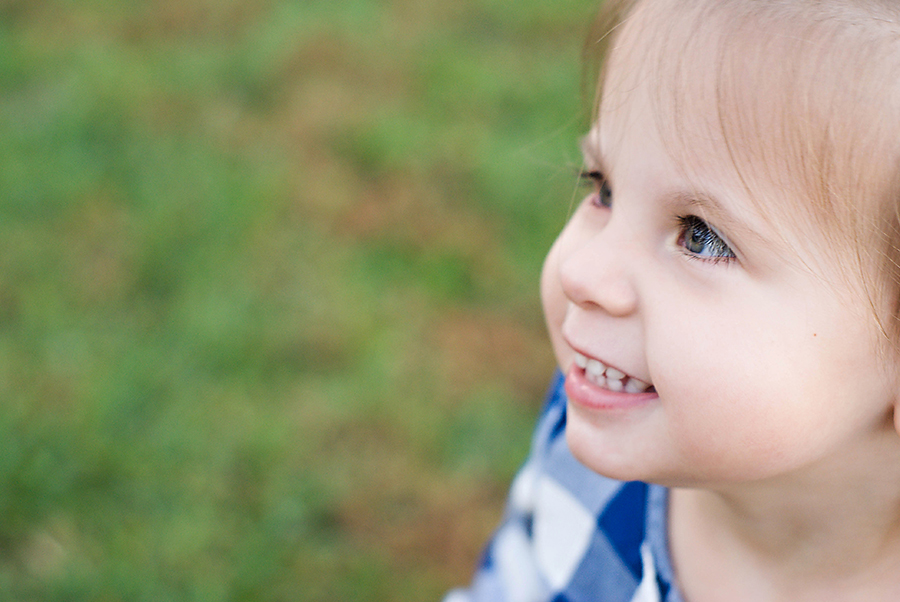
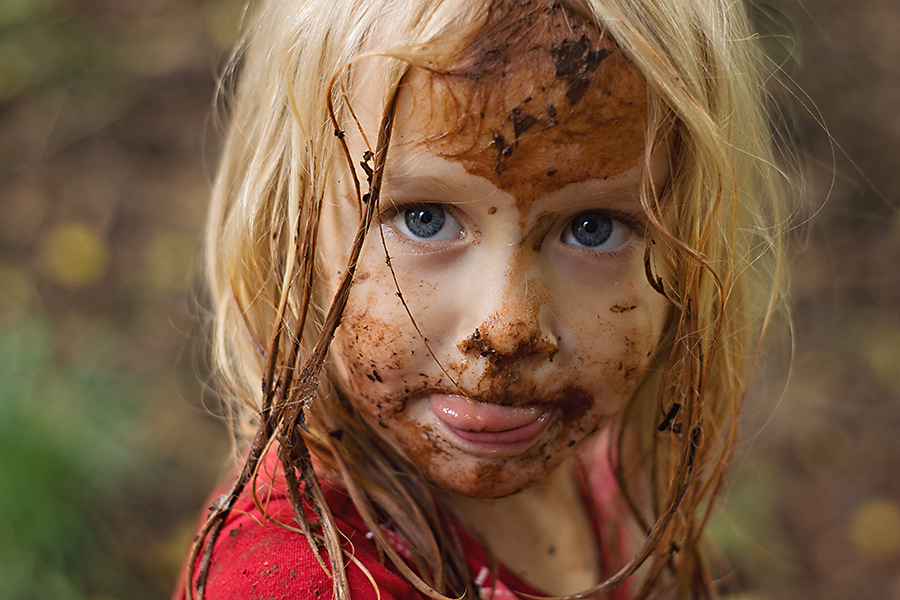
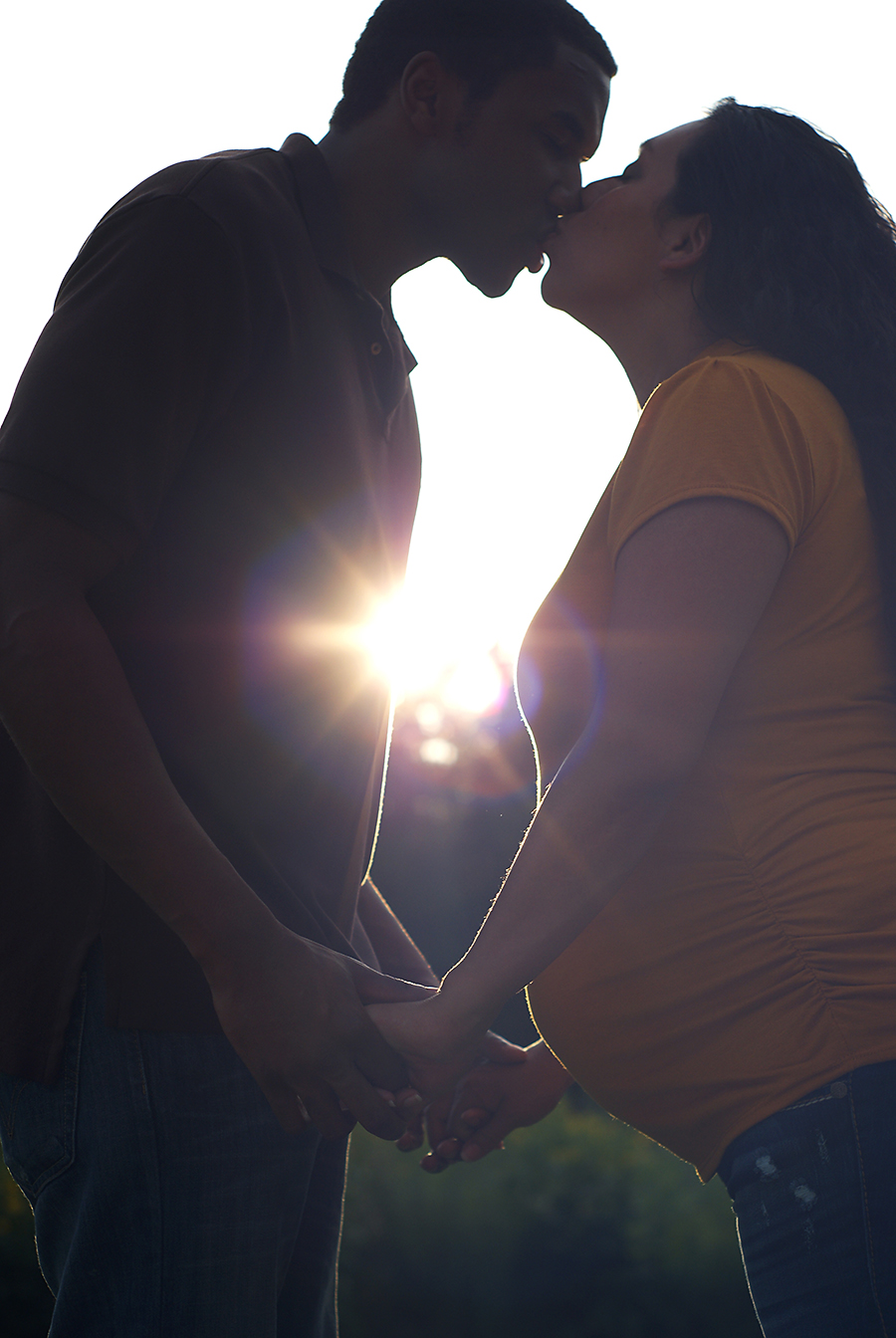


Back lighting {Free Beginner Photographer Class} @ Beautiful Newborn and Lifestyle Portraits by Quiet Graces PhotographyBeautiful Newborn and Lifestyle Portraits by Quiet Graces Photography
[…] I mentioned when I was defining all of these terms in my Painting with Light post, back lighting can be just plain tough! Oh, but I love to backlight for families and […]